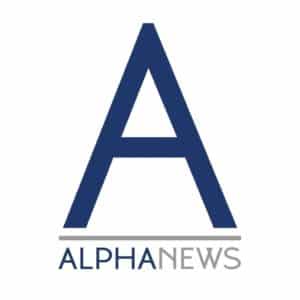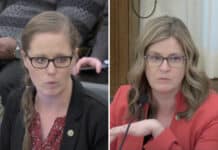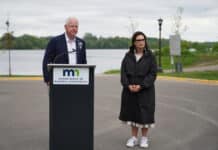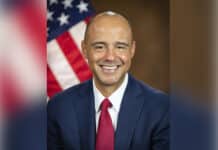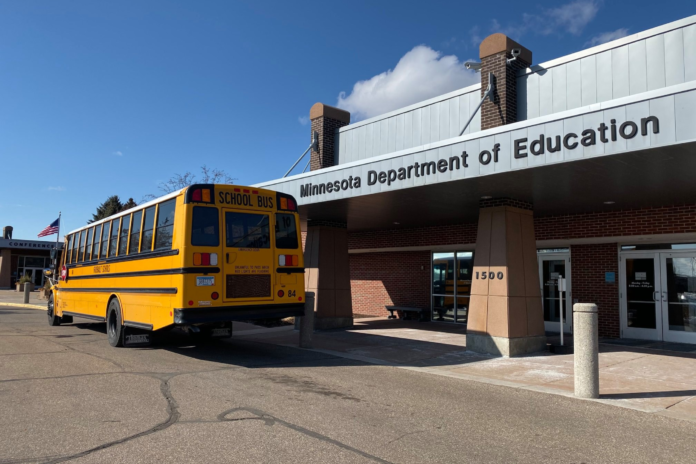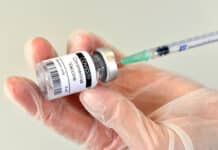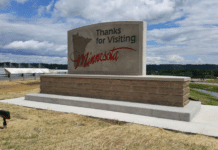School districts across the state are temporarily returning to distance learning despite receiving billions of dollars in federal relief intended to help them keep their doors open to students during the COVID-19 pandemic.
Prior Lake-Savage Area Schools informed families Monday that the district will be transitioning to distance learning until Jan. 18 because it is faced with “operational challenges” that it “cannot overcome at this time.” The district also cancelled Wednesday’s classes to provide teachers with a “distance learning planning” day.
Superintendent Teri Staloch said upwards of 12% of staff were absent on Monday, which is in addition to the 53 open staffing positions in the district. In the last week, 632 students have missed school due to a positive COVID-19 test or exposure to a person with COVID-19.
“Upon return from Winter Break, we have experienced a significant increase in COVID-19 case rates which are presenting operational challenges that our district and others across the metro are experiencing,” Staloch wrote.
Osseo Area Schools Superintendent Cory McIntyre offered similar arguments, saying his district has seen “an extremely high number of student and staff absences due to illness” over the last week.
“With schools having as high as 25% of their staff members out, it is not possible to sustain ordinary, in-person operations for the short term. At present projections, our district runs a serious risk of basic services and student needs not being met in an in-person model,” he wrote in a message to families.
Osseo will transition to distance learning this week and return to in-person learning Jan. 24.
“We have seen staffing shortages this winter in every part of our school operations, and in the last week it has been especially challenging to properly staff our school buildings. Additionally, since winter break we have seen a significant increase in learner absences,” Farmington Area Public Schools told parents Monday.
Farmington plans to implement “flexible learning days” until Jan. 19; flexible learning is code for distance learning.
Robbinsdale Area Schools moved two of its schools to distance learning last week while Minnetonka High School shifted to distance learning for a day because of inadequate staffing. Other districts moving some or all of their schools to distance learning include Fridley Public Schools and the North St. Paul-Maplewood-Oakdale district.
The staff-shortage problem is impacting districts across the state and is exacerbated by a shortage of substitute teachers, administrators say. The Minneapolis Public Schools system, for instance, averages up to 300 teacher absences per day.
Minnesota schools received at least $1.3 billion in federal COVID-19 relief that was specifically designed to help them return to and maintain “safe in-person learning for all students.”
